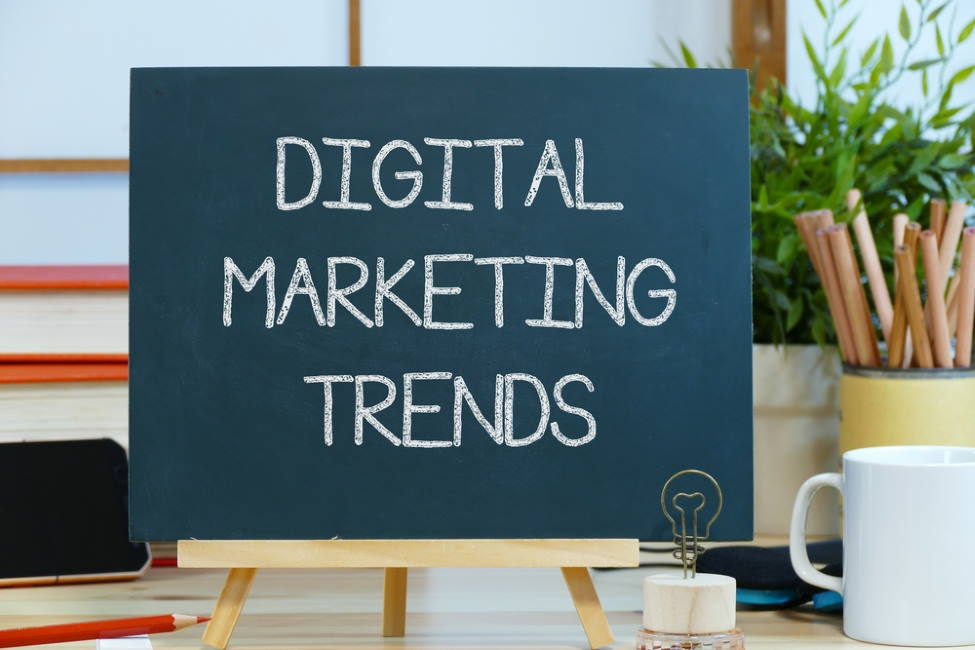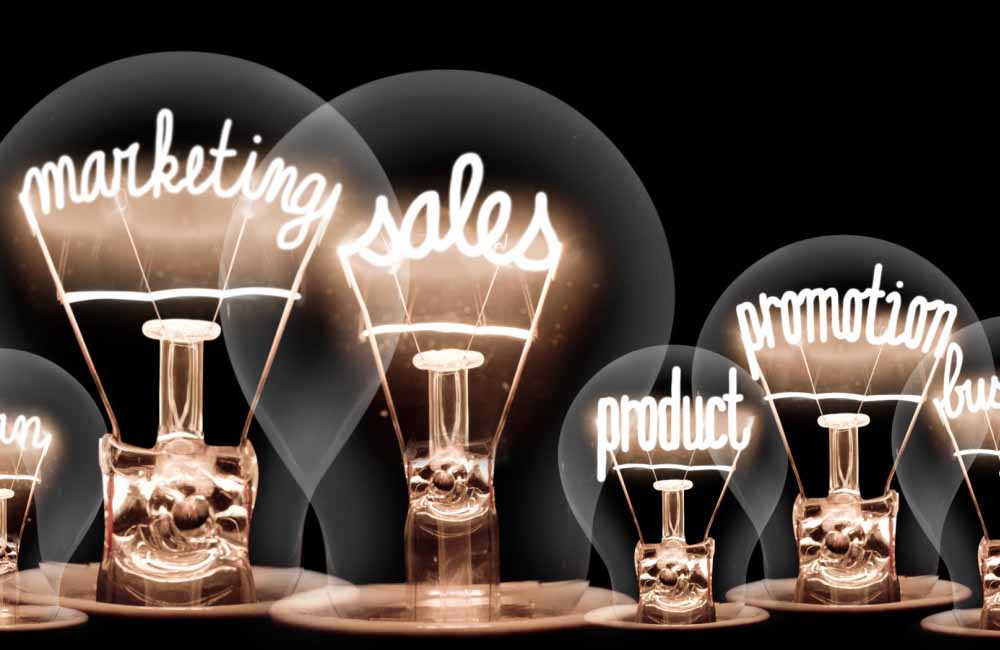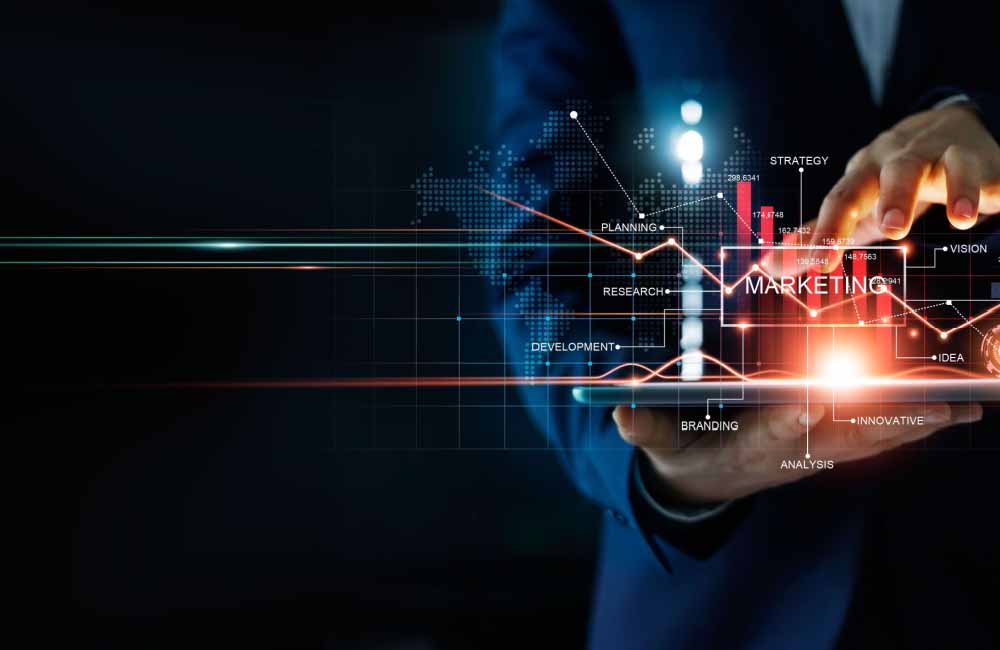Digital tech tools offer businesses new ways to reach consumers, including these trends identified by MIT.
Marketing and advertising rely on digital technologies to find, attract and keep customers. With so many digital marketing tech tools available, marketing teams need to keep abreast of the latest and greatest technology options so they can make the most out of every dollar of their budgets.
During the 2022 MIT Chief Marketing Officer Summit, marketing executives highlighted the top digital marketing trends to maximize returns on investment. Their findings were published as an MIT Initiative on the Digital Economy e-book.
Here are the top digital marketing trends of 2022, according to researchers from MIT Sloan:
Maximize Video Impact on Social Media
Videos continue to grow in importance on social media, particularly on platforms such as TikTok and Instagram. For any company hoping to attract a Gen Z, presence on these platforms is important. However, even if you’re making use of TikTok influencers, you need to ensure that the viral moments not only bring attention, but actually lead to tangible sales.
Analytics and research show the importance of creating social video ads that complement the product. Consider whether the product is well-suited for the social platform before investing time and money toward creating a TikTok presence. According to the research, the products that lead purchases on social media are often “more impulsive, hedonic, and lower-priced.”
Incorporate Social Proof Into Marketing Efforts
Since consumers spend a lot of time on various social platforms, it is definitely a place where brand decisions are made. MIT’s research shows that social proof can have a positive impact on moving consumers toward a purchase across various products, categories, and social platforms. Using social proof made a positive impact across the board, but the effectiveness did vary. Click-through rate increased by 271 percent for Heineken, but only 21 percent for Disney.
Social proof refers to how people are more likely to take an action based on the influence of people they trust. This could be experts, celebrities, friends, or other consumers. Basically, if other trusted people on social media are talking about a product, consumers are more likely to want it.
Machine Learning for Engagement and Forecasting
Machine learning can achieve a lot in the digital marketing space, because it creates scenarios customized to solve specific problems. For example, to increase engagement on bundling products together for purchases, Madhav Kumar, a PhD candidate and researcher at MIT Sloan, created a framework with machine learning that goes through thousands of product pairing options to determine the optimal pairs for bundled purchases. This program is expected to increase revenue by 35 percent, according to the research.
Machine learning can also forecast outcomes, making marketing efforts more impactful. It also allows for faster forecasting. For example, researchers from IDE partnered with the Boston Globe to analyze customer behavior of a discount offer. The machine learning forecast after the first 90 days was as accurate as the 18-month prediction. Statistical machine learning can make long-term predictions and harder to measure outcomes much easier and more effective.
These digital marketing trends offer businesses new food for thought on how they want to approach using digital marketing channels. The return on investment, including growth in a company’s consumer case, makes commitment to digital marketing worthwhile.










Leave A Comment